What's the best gravel bike tire pressure? How to balance grip and speed on varying terrain
To get the correct gravel bike tire pressure, there are a lot of factors to consider
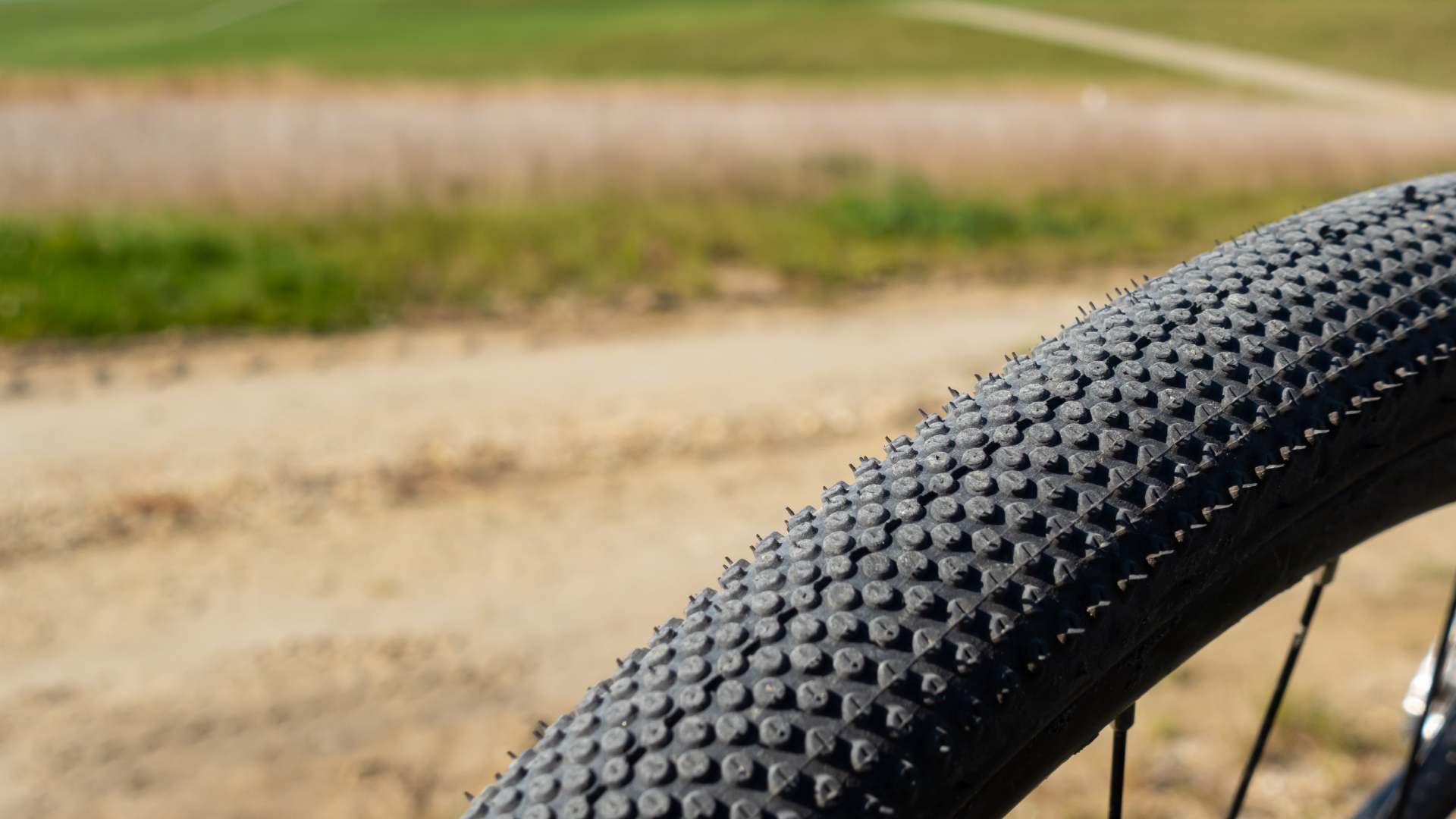

Getting the best gravel bike tire pressure is a bit of a black art and depends on lots of considerations, some dependent on your set-up, others on the conditions where you ride.
The optimum tire pressure is also important for your ride quality, grip and even safety, so it’s something you want to get right. Cyclocross racers who, like gravel bike riders, are also riding drop bar bikes off-road, are experts on tire pressure, obsessing about their tire tread and pressure before a race.
To some extent, getting your gravel bike tire pressure right is a matter of trial and error, so it’s worth experimenting. You also shouldn’t get fixated on only one value for your tire pressure on your gravel bike; it’s likely to vary with where you’re riding and will certainly be different if you swap tires to use the best gravel bike tires for the trail conditions. Deciding on the best tire size and tread pattern for your gravel bike can be equally challenging!
This guide will run through the factors to consider when dialling in the best gravel bike tire pressure for your rides, but first let’s look at what happens if you get it wrong.
What are the symptoms of the wrong gravel bike tire pressure?
It’s easy to get your gravel bike tire pressure wrong. If it’s too low, you risk sidewall damage, pinch flats (see below) and potentially damage to your wheel rim. Worst case, your tire can partially dismount from the rim.
Even if you don’t suffer these ride-busting problems, your ride quality might be poor, with the tire squirming under you as you ride, which can slow you down. It may burp, where the tire bead comes away from the rim letting air escape and losing you even more pressure.
If your tire pressure is too high, you’ll get bounced around a lot as you ride, which isn’t just uncomfortable, it will probably slow you down too. Your contact patch with the ground will be smaller, so you’ll get less traction, which may result in wheel slippage, and your tire will be more prone to sliding out, possibly increasing the risk of a fall.
Your weight
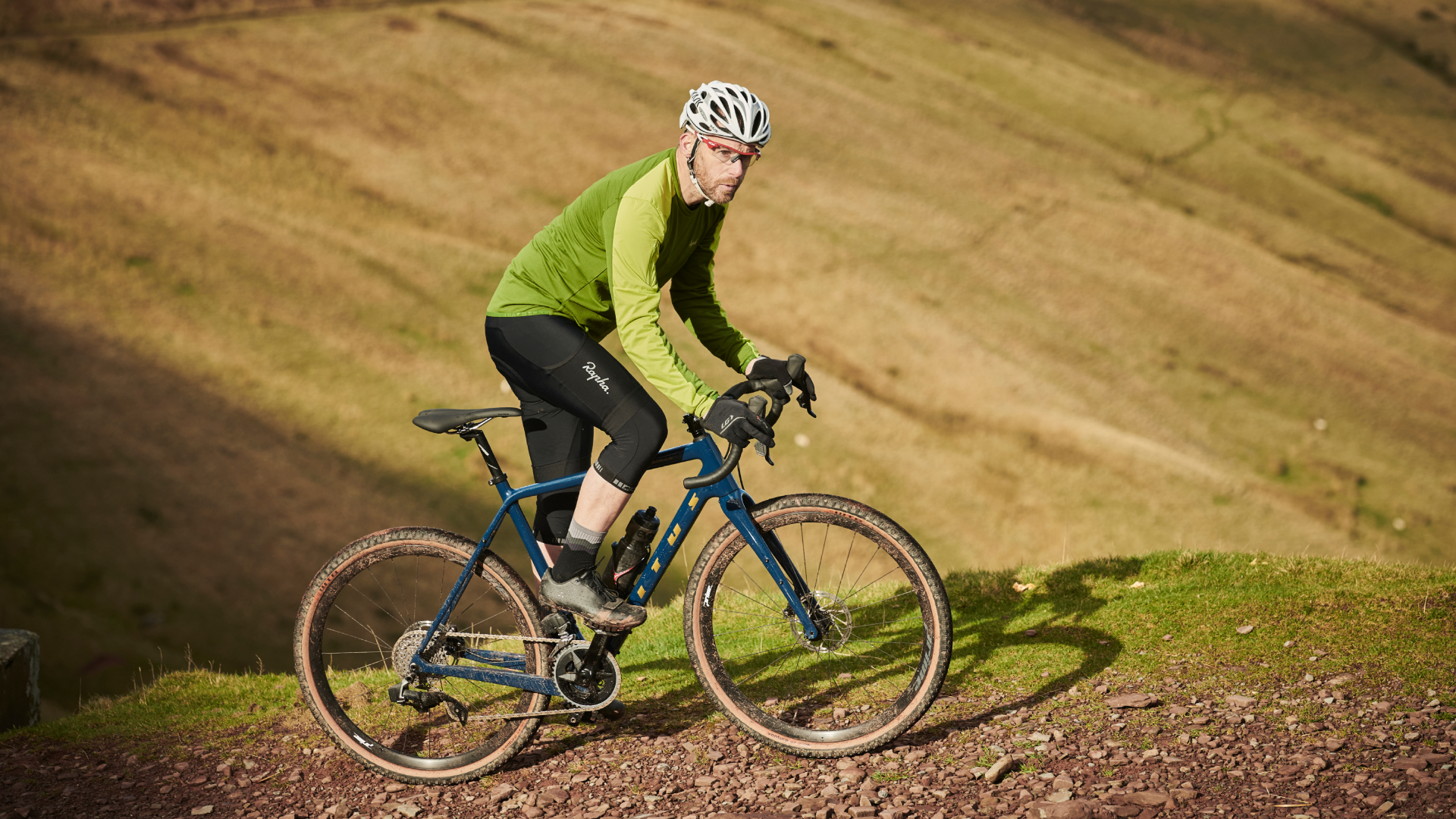
Rider weight is one of the main determinants of the best gravel bike tire pressure
A key consideration to take into account is how much you weigh. Finding the best gravel bike tire pressure is a balancing act and you need to avoid the pitfalls of either under- or overinflation.
A heavier rider will need to run increased tire pressure to account for the extra weight that their tires must support, which is equally true for road bike tire pressure.
Enve suggests adding another 1 to 2 psi for every 10lb increase in rider weight. That may not sound like a lot, but a 200lb/90kg rider will be running an over 50 per cent increase in gravel bike tire pressure over a 100lb/45kg rider.
Since your weight isn’t evenly distributed on the bike, you might want to run your front tire pressure a couple of psi lower than your rear tire too.
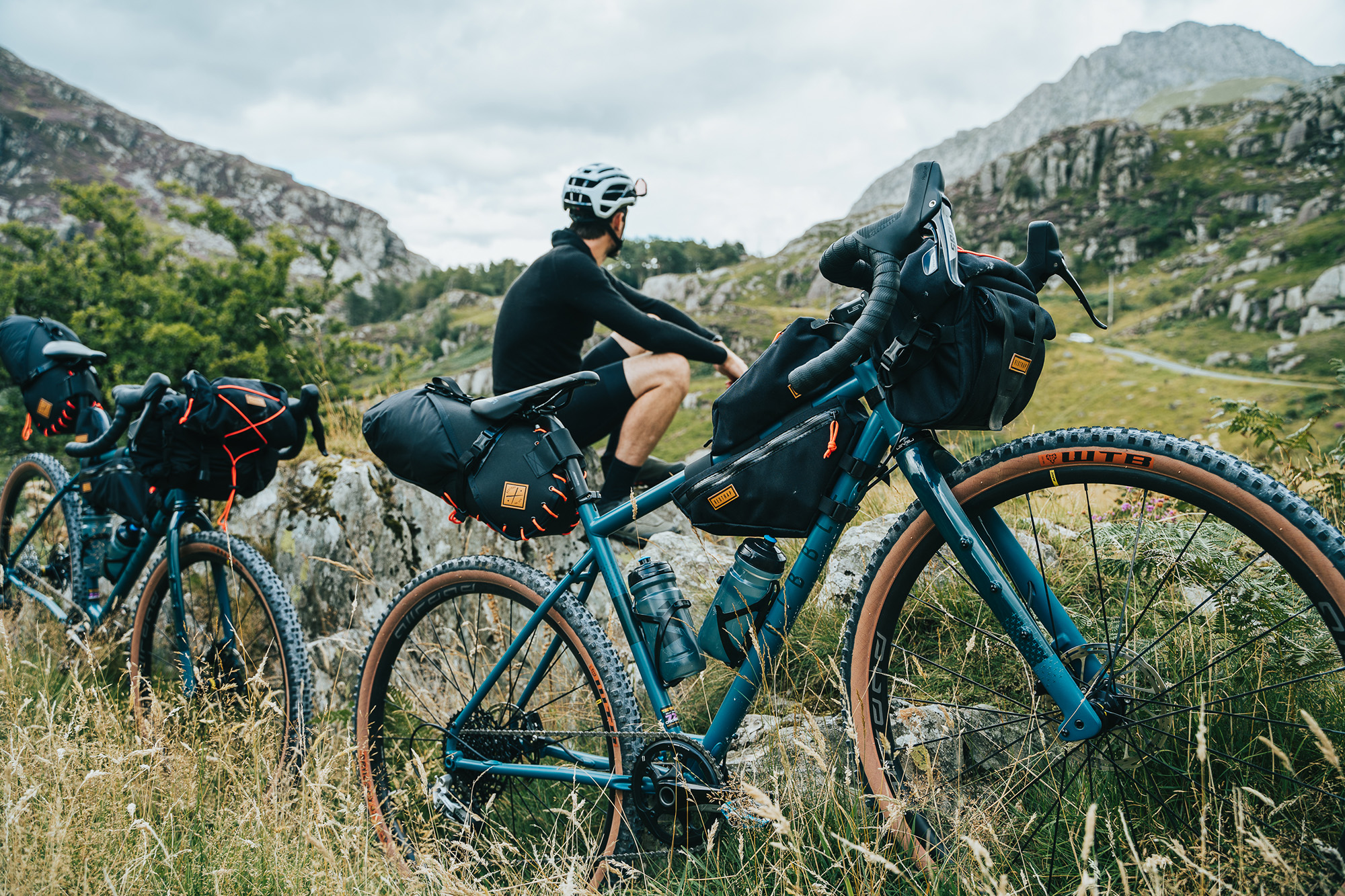
Don't forget to take account of the weight of any bikepacking kit when setting your tire pressure.
Don’t forget to factor in any luggage you’re carrying too - your bike will weigh a lot more if you’re set up with everything you need for bikepacking than if you’re just going for a short jaunt.
Tubed vs tubeless
Almost all gravel bike riders set their tires up tubeless. Among other advantages, from the perspective of setting your gravel tire pressure, the crucial one is that there’s no inner tube to get pinched between the tire’s sidewalls and the rim if you hit a rock.
That drastically reduces your chances of getting one of the most common causes of punctures when riding on uneven ground: the pinch flat. Also called a snakebike, this results in two parallel cuts in your inner tube that usually cause rapid pressure loss and are difficult to repair.
Since most gravel bike tire pressure recommendations assume you’re riding tubeless tires, if you do use inner tubes or need to fit one to fix a puncture, you should raise your tire pressure by around 5psi to compensate.
If you do want to run inner tubes or need to fit one to your gravel bike, TPU inner tubes like the Tubolito gravel range and Pirelli SmarTUBE are more puncture resistant than standard butyl tubes, although they’re considerably more expensive.
Tire width
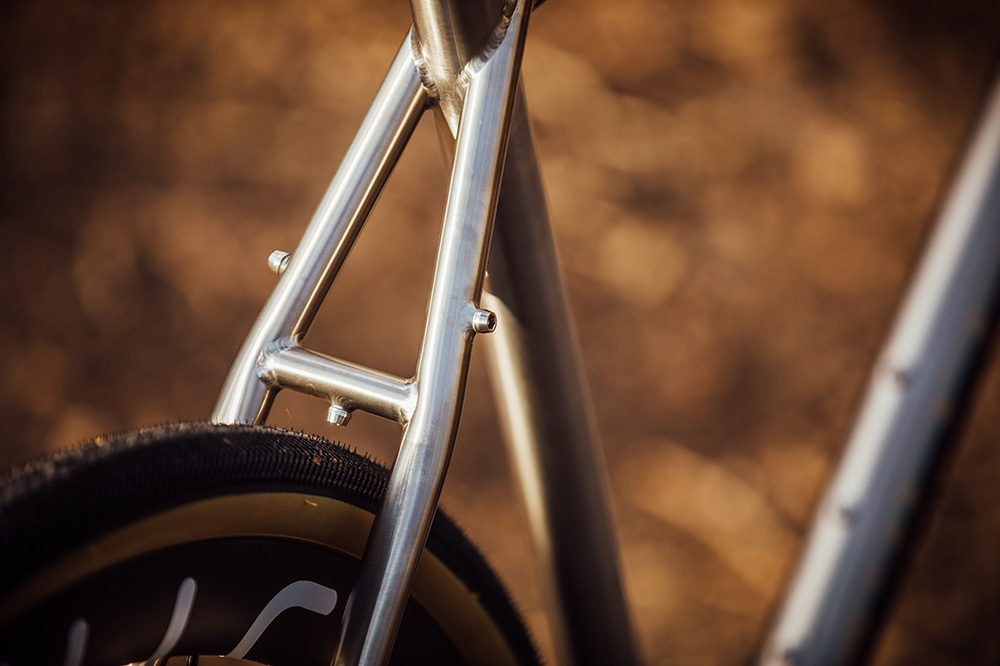
If you're running a wider tire you should drop your tire pressure
Next up, you need to consider your tire width. A wider tire will provide more air volume under you, letting you reduce the pressure over a skinnier tire. For a 160lb/73kg rider on a 23mm internal width rim, for example, Enve suggests a tire pressure of 42psi if you’re riding a 32mm tire, which it recommends dropping to 29psi for a 42mm tire.
Rim width
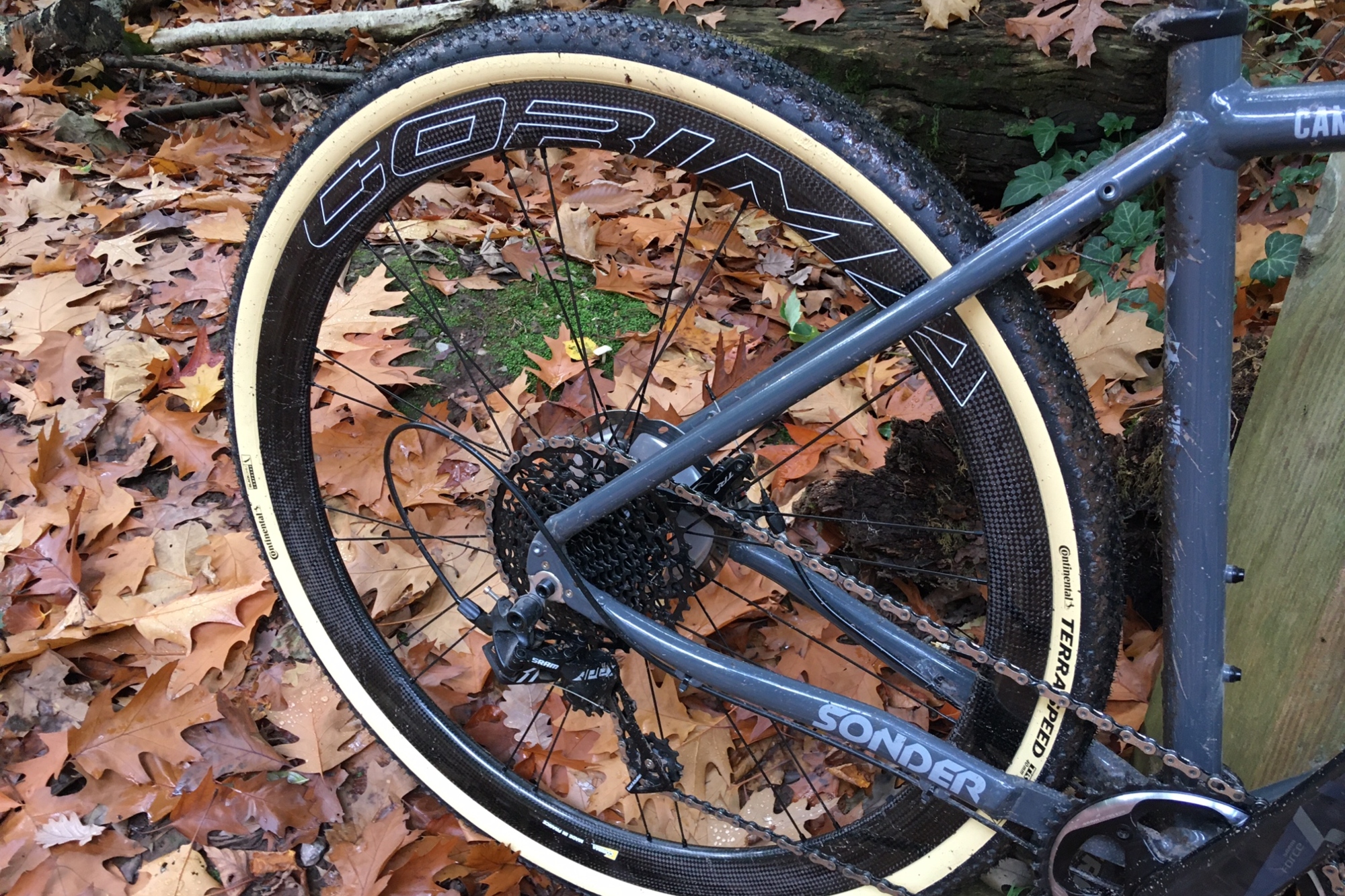
Rim width will affect how wide the tire sits and so how much pressure you need
Rim width also affects the volume of air inside a tire. We’re all aware of how much wider a tire can be than its claimed width when set up on the wider rims of the best road bike wheels. In fact, the effect can be so significant that, rather than just going with claimed width, 3T uses the width as measured, or WAM, to recommend the tires to use with its bikes and define its frames’ clearance.
So again this is a factor that will affect the best gravel bike tire pressure. Turning again to Enve’s recommendations, the brand suggests dropping the pressure by a couple of psi when moving from a 21mm to a 23mm internal width rim.
Trail conditions
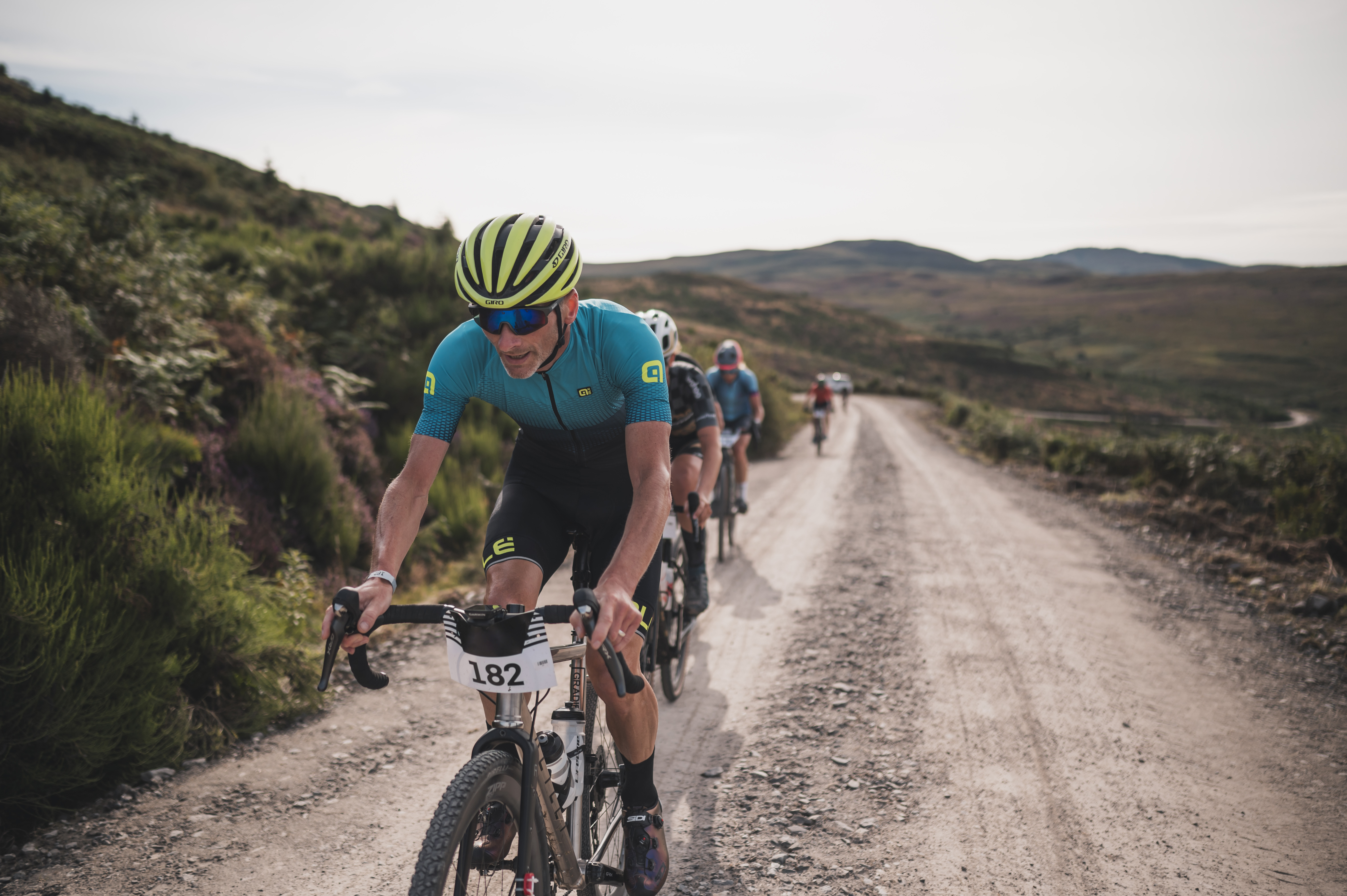
Where you ride will affect the pressure you need
How soft the trail is is another factor to take into consideration when deciding the best gravel bike tire pressure to dial in before setting out. It’s another aspect of the too hard/too soft equation for optimum gravel bike tire pressure.
A soft surface or icy conditions call for lower tire pressure. This will increase grip, as the tire will conform more to the terrain. But if you’re riding hard, rocky trails, you’ll want a bit more air in your tire to ensure that you don’t bottom out on the rim or damage the tire’s sidewalls and cause the problems noted above.
A smoother surface might be best ridden at higher pressure. If your rides are principally tarmac but include some easy gravel stretches, you might be prepared to sacrifice some gravel grip and comfort for better progress when you’re on the road.
Another consideration to throw in is that really muddy conditions can often be tackled better with narrow tires than with wider ones, as the tire will sink further into the slop and may find more traction, rather than floating on its surface.
How you ride
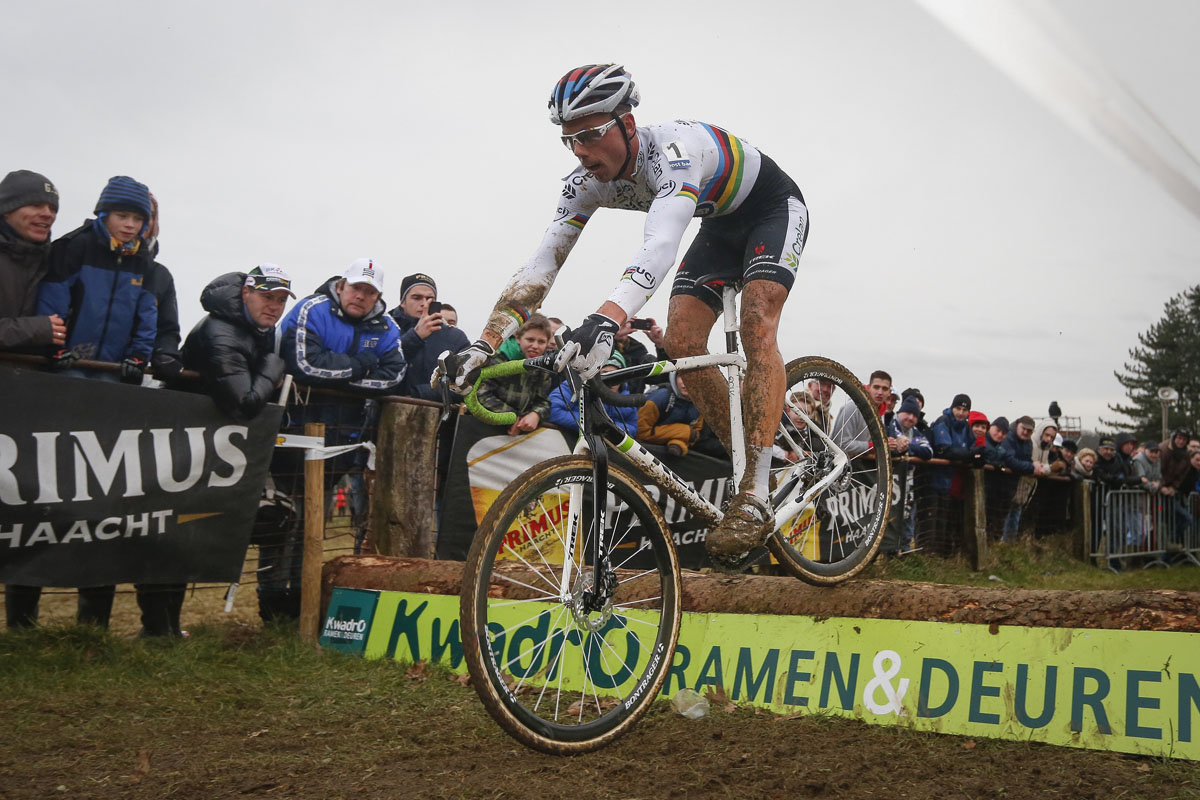
Bunny hopping will affect how much stress is placed on your tires and wheels
If your riding style is conservative, you can probably get away with a softer gravel bike tire at lower pressure.
If, on the other hand, you like to catch air and bunny hop, your gravel bike tires are going to have to withstand the weight of you and the bike landing on them. That may increase the risk of a pinch flat or tire damage, so you may need to run higher tire pressure to compensate.
Gravel bike tire design
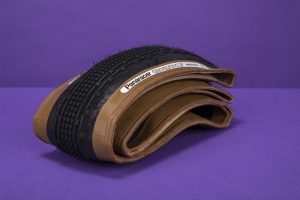
Some gravel bike tires are built more robust than others
Some of the best gravel bike tires are built a lot tougher - and heavier - than others. If you’ve got a heavier tire, it’s likely to have more robust sidewalls, which are less prone to damage. They’re also likely to deflect less. That means that you can reduce tire pressure over a lighter weight tire. In fact, you may need to do so to ensure the best ride quality.
Gravel bike tire inserts

A tire insert can help you lower tire pressure
Finally, tire inserts give you a way to simultaneously get many of the benefits of both higher and lower gravel bike pressure. They reduce tire deformation, so that the risk of squirming, bottoming out, pinch flats and sidewall damage is reduced. You can still lower the tire pressure though, to improve your grip and handling. It may let you ride a flat more easily too.
The flip side is that an insert will add extra weight to your set-up and since it’s rotating mass, your ride feel and your bike’s performance might be compromised.
So, what is the best gravel bike tire pressure?
All of which hasn’t answered the original question, what's the best gravel bike tire pressure?
For a 160lb/73kg rider on a tubeless gravel bike tire of 35mm to 40mm, try starting off at around 35 to 40psi. Then you can fine-tune your gravel bike tire pressure to see what works for you. Most riders in most conditions should be able to drop from there, but if you hear and feel your rims bottoming out, add some extra air.
It's worth equipping yourself with a quality track pump with a gauge or a separate tire pressure gauge so that you can really dial in your best gravel bike tire pressure.

Thank you for reading 20 articles this month* Join now for unlimited access
Enjoy your first month for just £1 / $1 / €1
*Read 5 free articles per month without a subscription

Join now for unlimited access
Try first month for just £1 / $1 / €1
Get The Leadout Newsletter
The latest race content, interviews, features, reviews and expert buying guides, direct to your inbox!
Paul started writing for Cycling Weekly in 2015, covering cycling tech, new bikes and product testing. Since then, he’s reviewed hundreds of bikes and thousands of other pieces of cycling equipment for the magazine and the Cycling Weekly website.
He’s been cycling for a lot longer than that though and his travels by bike have taken him all around Europe and to California. He’s been riding gravel since before gravel bikes existed too, riding a cyclocross bike through the Chilterns and along the South Downs.
-
 Aero bikes with gravel wheels?: Six tech insights from Paris-Roubaix Femmes
Aero bikes with gravel wheels?: Six tech insights from Paris-Roubaix FemmesEverything we found out about tyre widths, self-inflating systems, and wheel choices from the cobbled Monument
By Tom Davidson Published
-
 'This race is absolutely disgusting': Peloton reacts to another brutal Paris-Roubaix Femmes
'This race is absolutely disgusting': Peloton reacts to another brutal Paris-Roubaix FemmesNow in its fifth edition, Paris-Roubaix Femmes is still a tough race, even for the best bike riders in the world
By Adam Becket Published
-
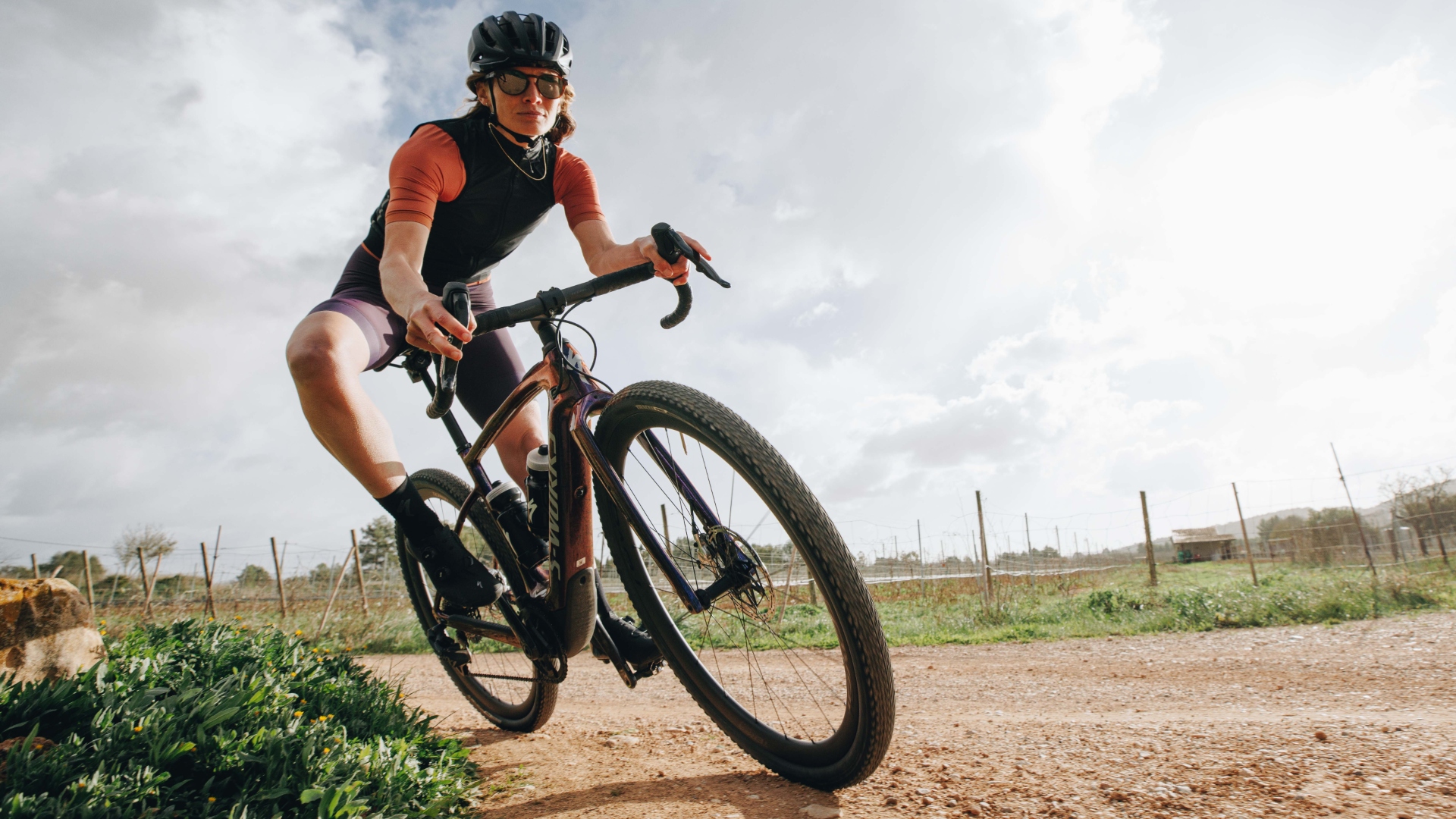 Specialized's gravel tyres get an update—first ride impressions of the all-new Tracer
Specialized's gravel tyres get an update—first ride impressions of the all-new TracerSpecialized’s sponsored athletes tend to win a lot of races: these are the tyres they’ll be racing on this year.
By Tyler Boucher Published
-
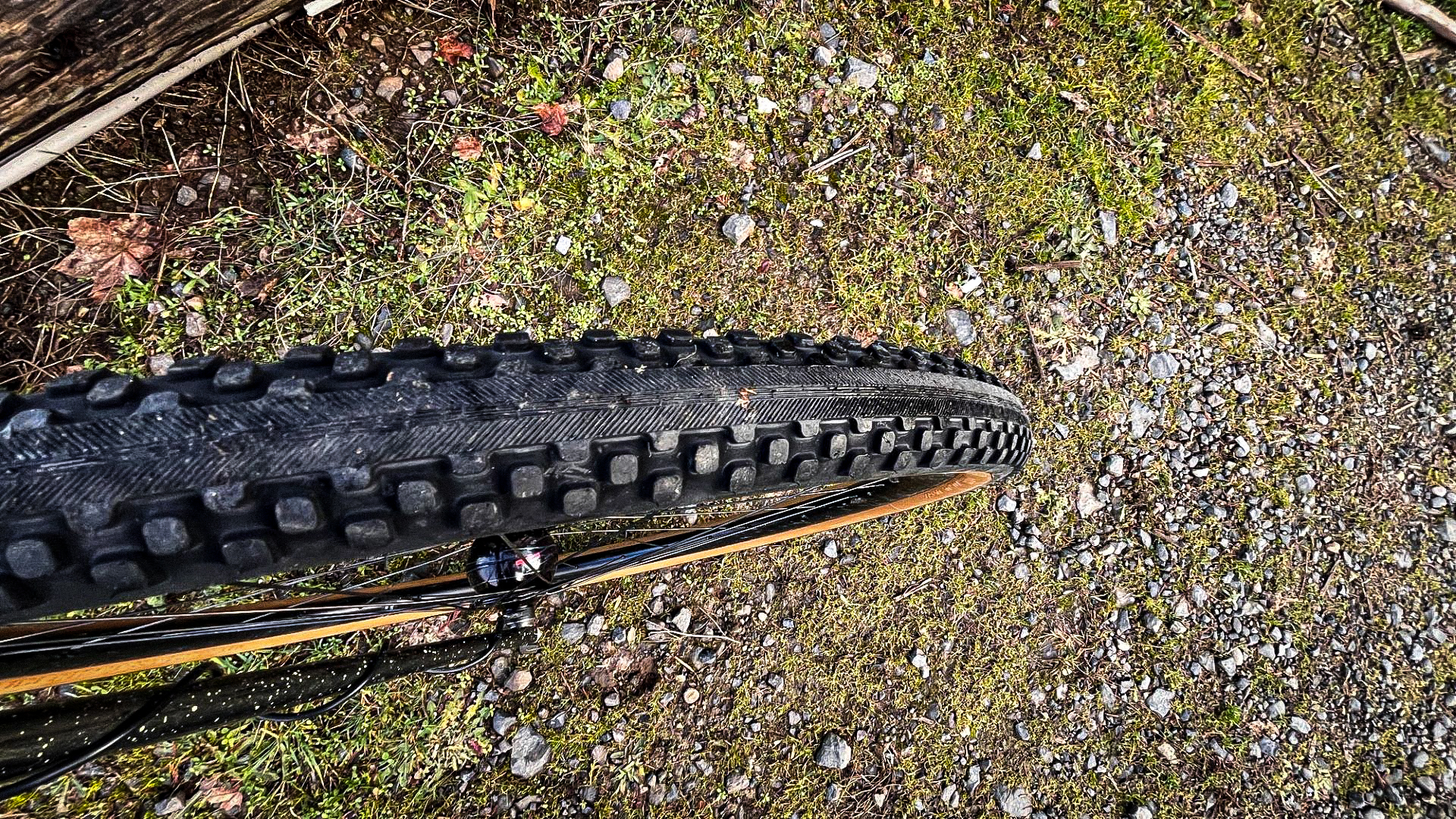 'Not just another semi-slick': a first ride on Rene Herse's first-ever part-knob, part-slick gravel tyre
'Not just another semi-slick': a first ride on Rene Herse's first-ever part-knob, part-slick gravel tyreWith pro racer input and patent-pending innovations, Rene Herse unveils a 'best of both worlds,' fast yet grippy gravel tyre
By Anne-Marije Rook Published
-
 Anne-Marije Rook's 2024 Gear of the Year: from the best brakes on the market to great earbuds and a statement t-shirt
Anne-Marije Rook's 2024 Gear of the Year: from the best brakes on the market to great earbuds and a statement t-shirtIn 2024, I fell back in love with road riding and witnessed women’s sports make history time and again
By Anne-Marije Rook Published
-
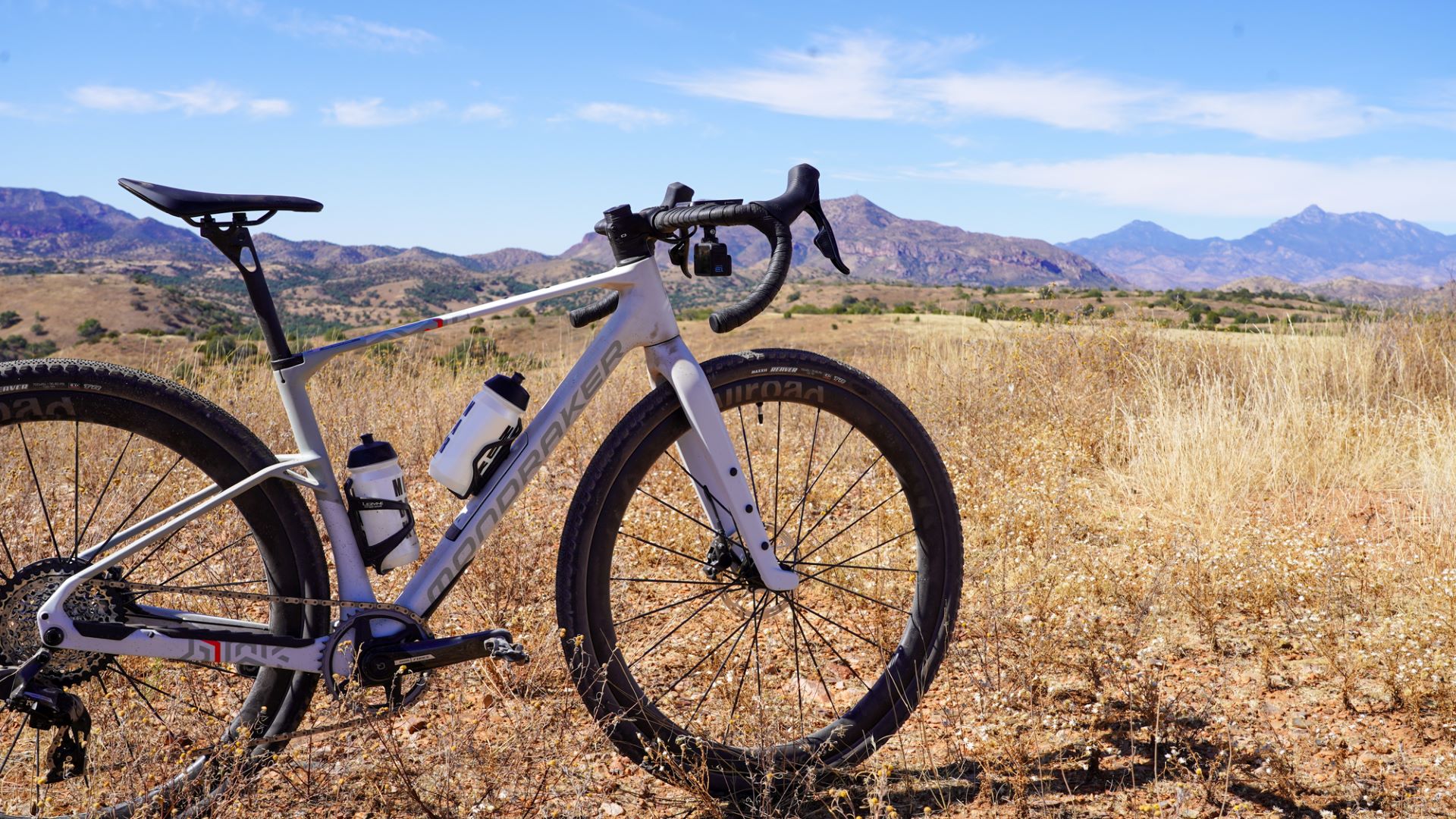 A first look at Mondraker's Arid Carbon, a bike for 'whatever your idea of gravel is'
A first look at Mondraker's Arid Carbon, a bike for 'whatever your idea of gravel is'Long reach, short stem: the Mondraker Arid Carbon is a gravel bike done a little differently
By Anne-Marije Rook Published
-
 When it came to the 350 challenging miles of Unbound XL, these were the only bib shorts I considered wearing – and yes, they’re on sale this Black Friday period
When it came to the 350 challenging miles of Unbound XL, these were the only bib shorts I considered wearing – and yes, they’re on sale this Black Friday periodMy all-time favourite bibs are now 30%. Don’t snooze on this deal. Your undercarriage will thank you
By Anne-Marije Rook Published
-
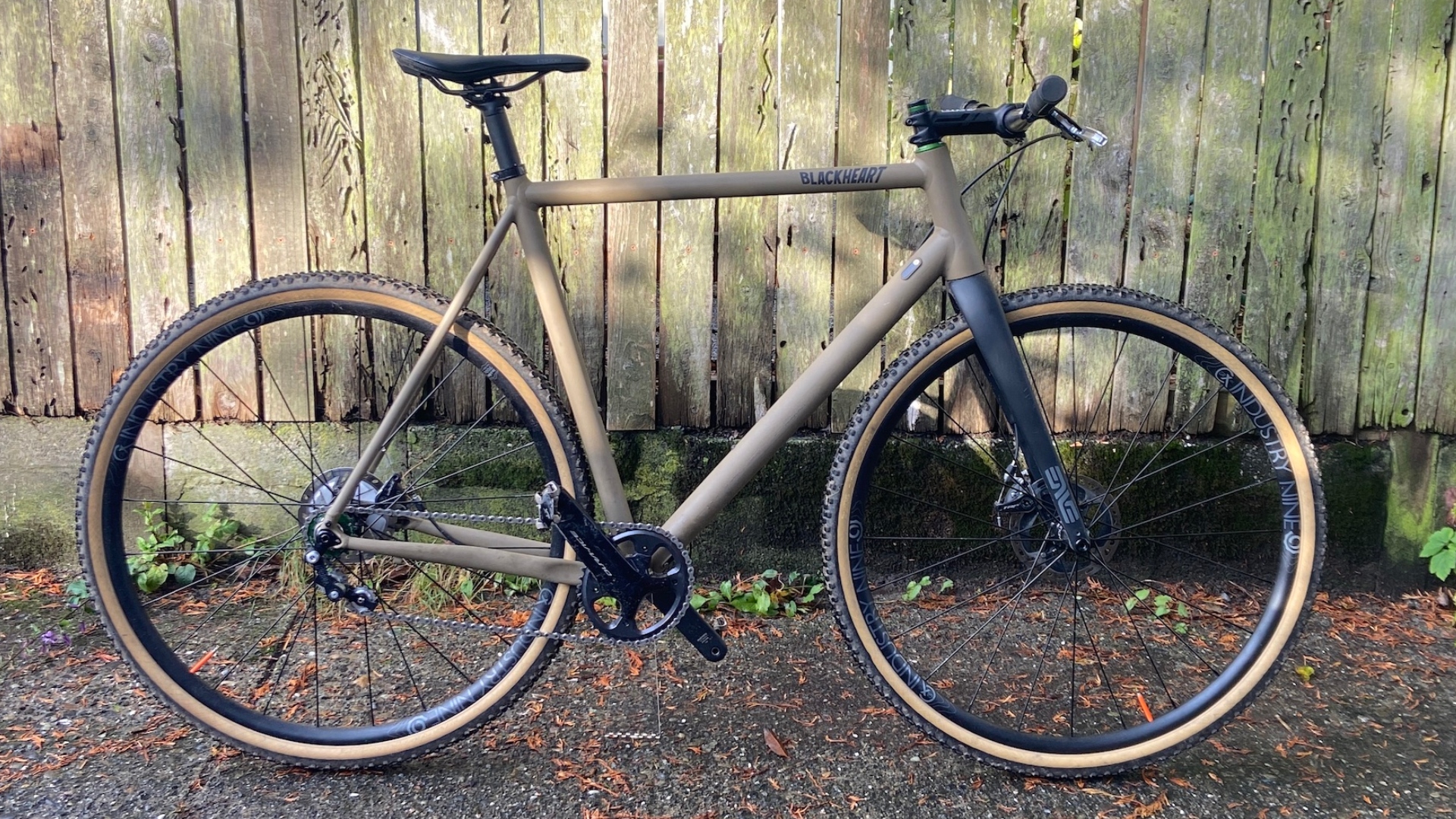 I used to think flat bar gravel bikes were silly, now I've tried one I know they're silly, but I'm into it
I used to think flat bar gravel bikes were silly, now I've tried one I know they're silly, but I'm into itFlat bar gravel bikes are a thing, and here's why they make sense for some folks and what to know if you're flat-bar-curious
By Tyler Boucher Published
-
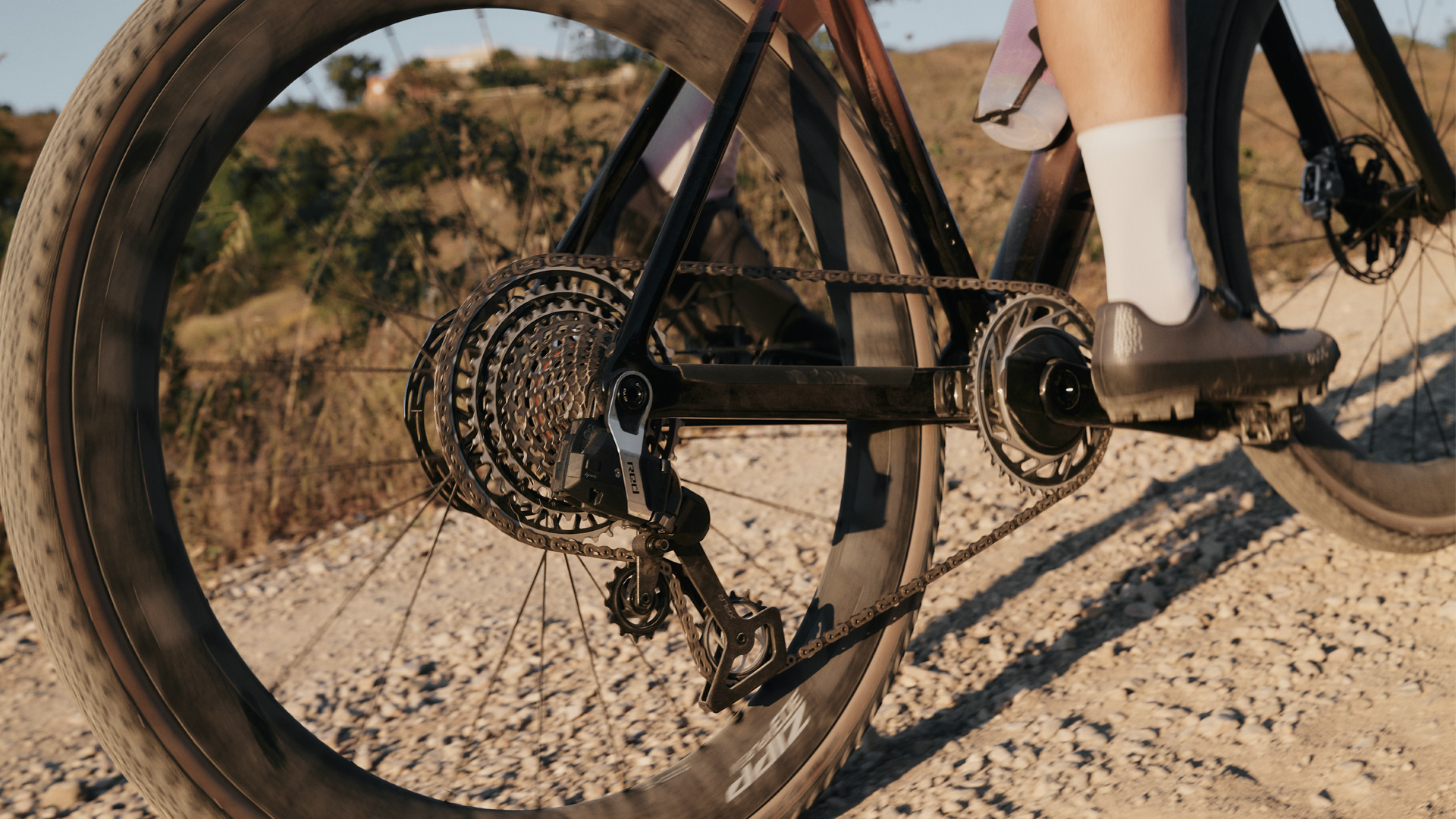 SRAM releases new Red XPLR AXS groupset in 13-speed, plus mega wide, aerodynamic gravel wheels and gravel-specific handlebar
SRAM releases new Red XPLR AXS groupset in 13-speed, plus mega wide, aerodynamic gravel wheels and gravel-specific handlebarComponent manufacturer SRAM releases updated Red XPLR AXS 13-speed groupset, and wide, aerodynamic gravel wheels.
By Cat Glowinski Published
-
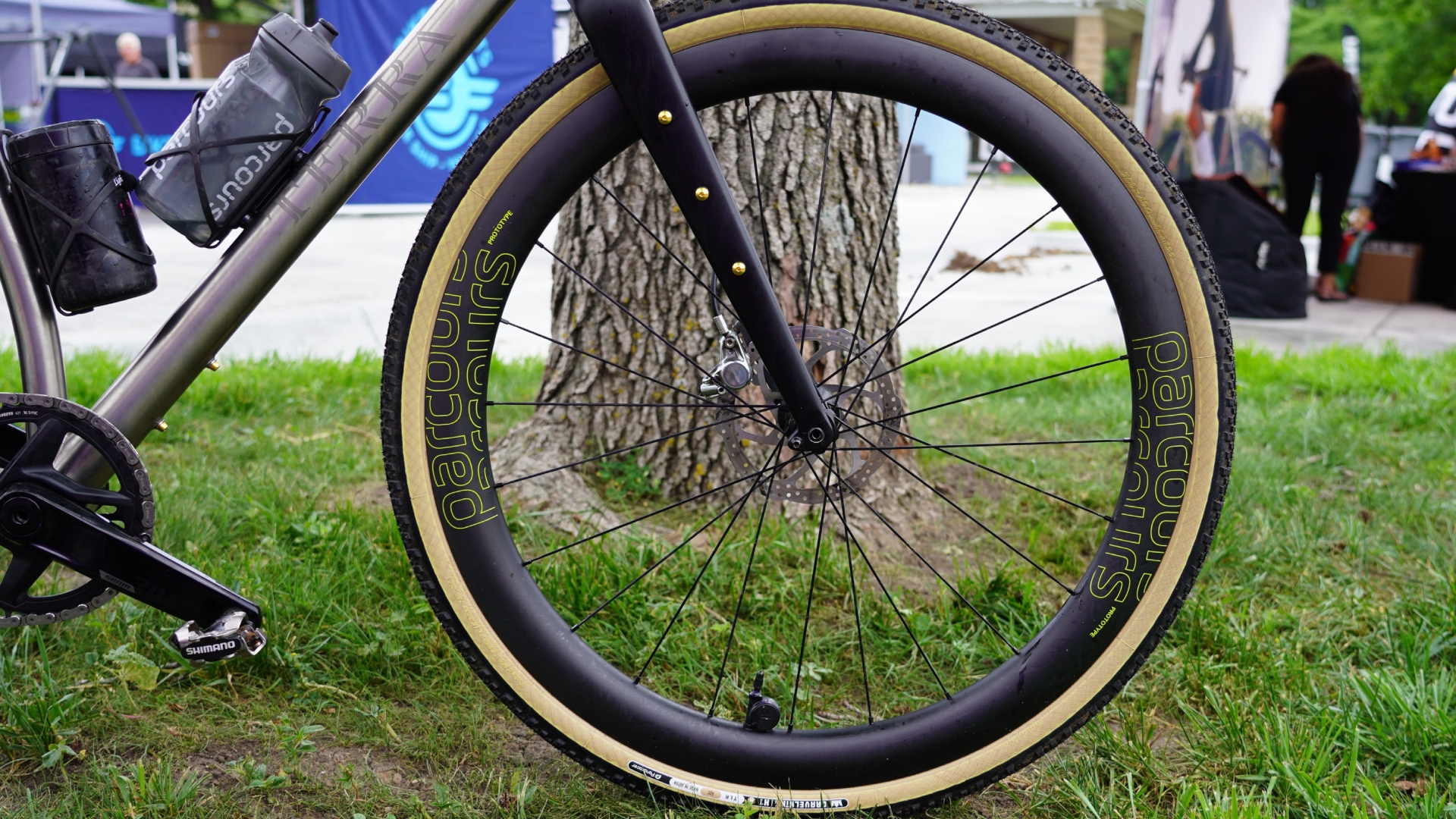 Aero is everything: Parcours introduces the FKT wheelset, aero gravel hoops promising tangible gains
Aero is everything: Parcours introduces the FKT wheelset, aero gravel hoops promising tangible gainsBritish wheel innovators Parcours has unveiled its new gravel race wheelset with the bold claim of being a first of its kind.
By Anne-Marije Rook Published